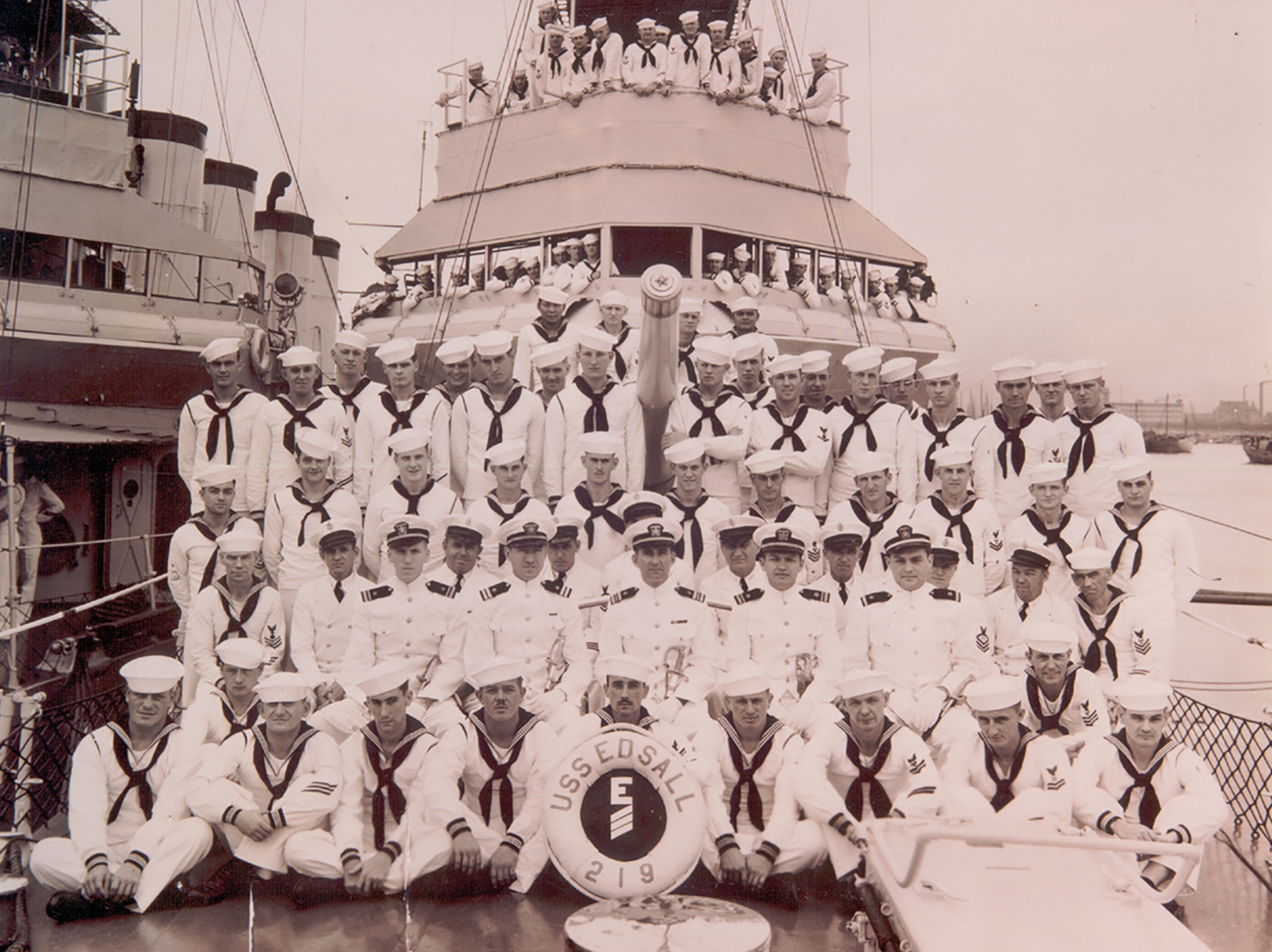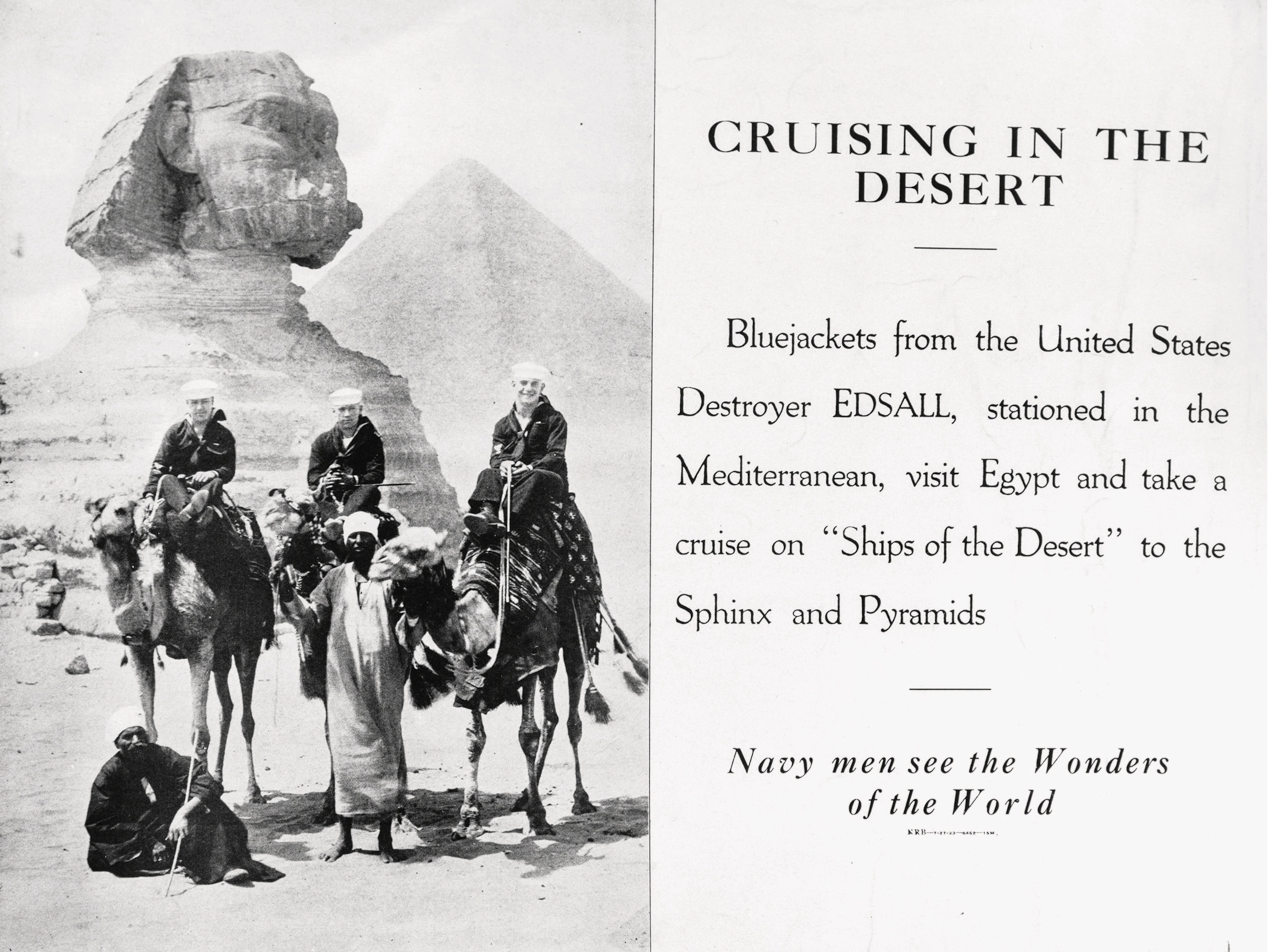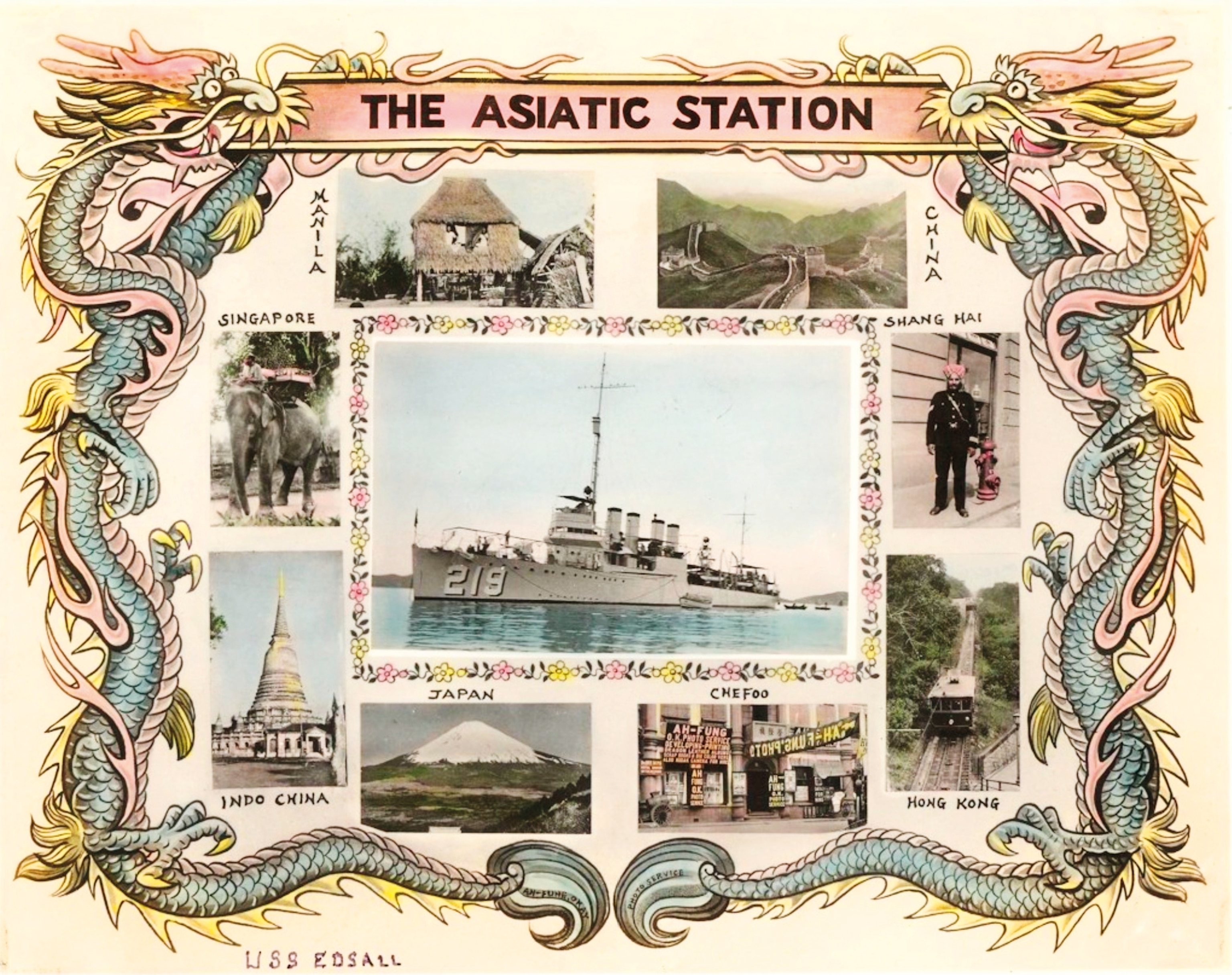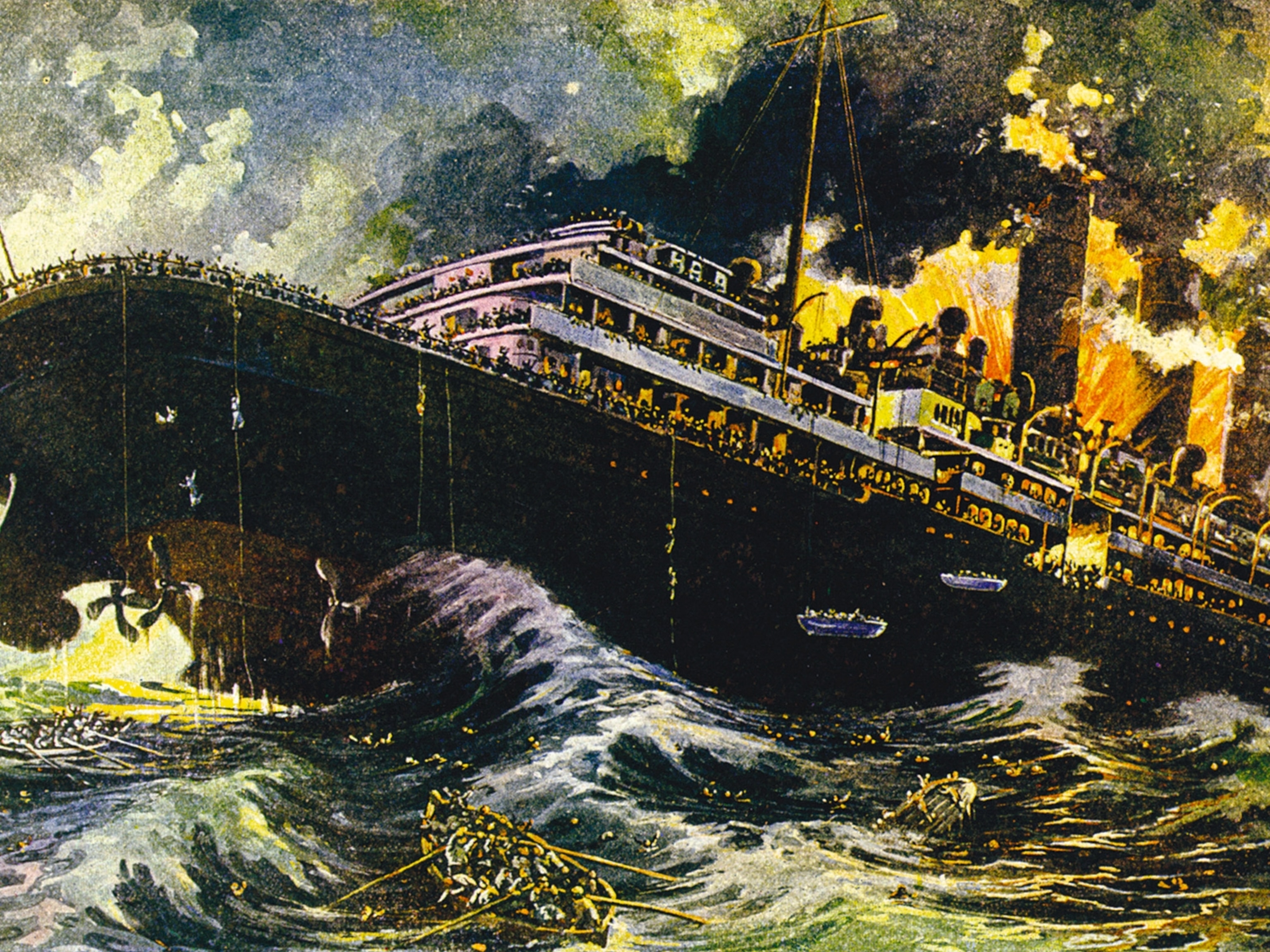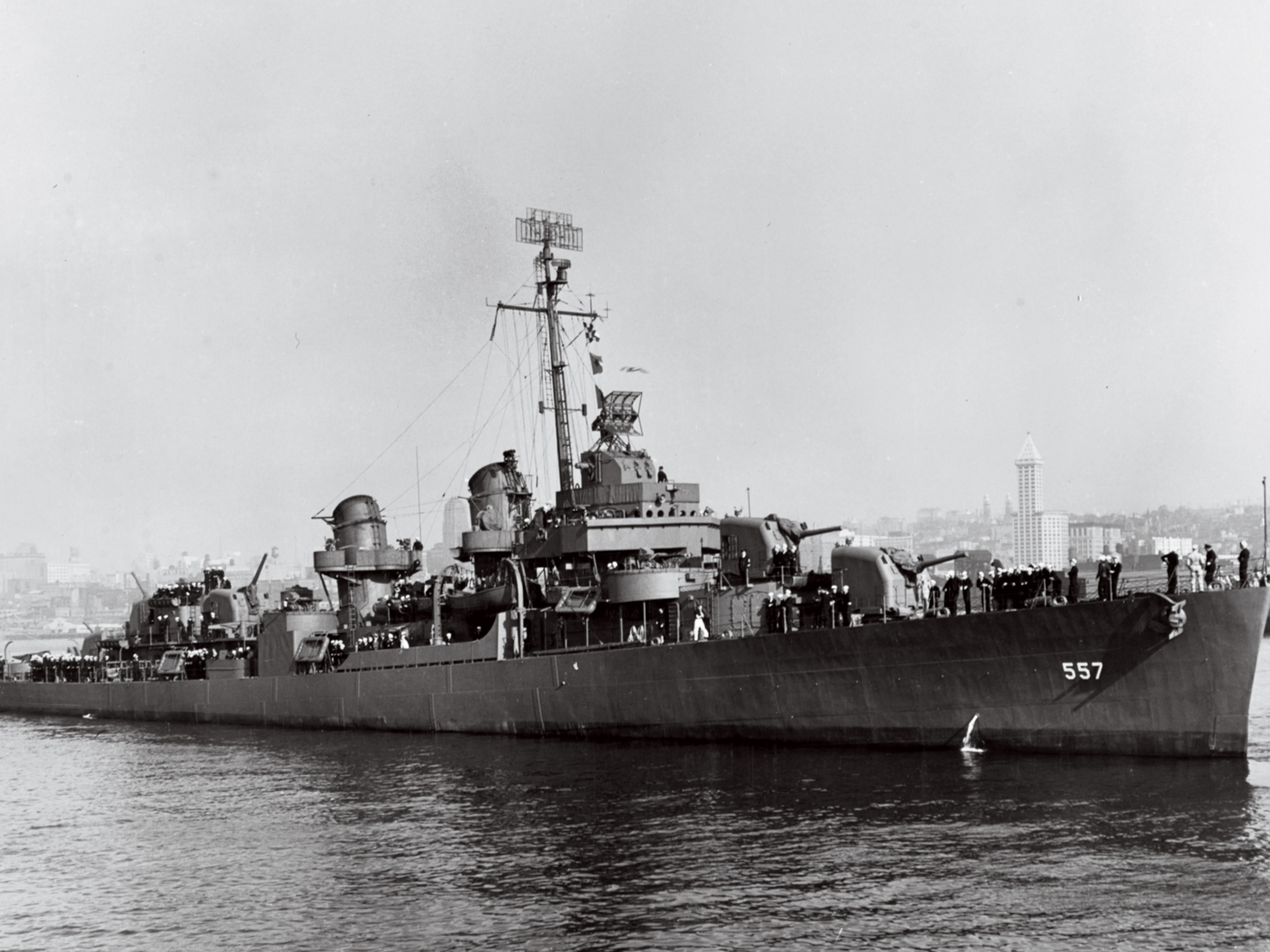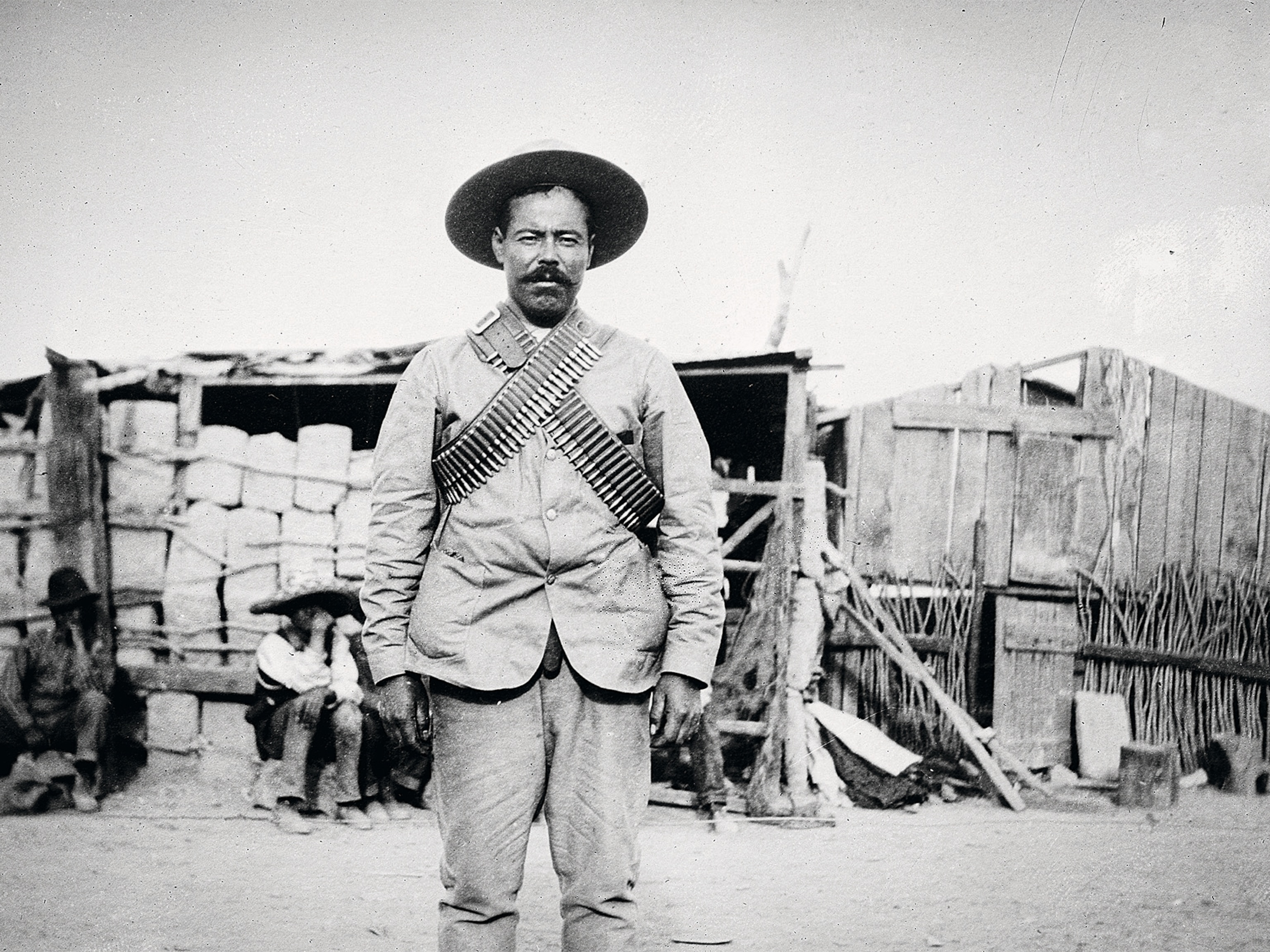This destroyer sank during World War II—but it had a long history before its last stand
The U.S.S. Edsall’s 2023 discovery at the bottom of the Indian Ocean is reviving the tale of the ship the Japanese forces called the “dancing mouse.”

Surrounded by enemy battleships, American destroyer U.S.S. Edsall put up a heroic fight against the Imperial Japanese Navy on March 1, 1942. Under heavy shelling, it sank below the waves of the Indian Ocean.
Grieving families kept memories of the 200-strong Edsall crew alive, but the ship seemed lost to oblivion, lying in deep waters off Christmas Island, over 1,000 miles northwest of Australia.
In 2023, however, the crew of a Royal Australian Navy merchant vessel made a stunning discovery: Using advanced robotics to carry out a survey off Christmas Island, they glimpsed the Edsall at a depth of more than 18,000 feet. The announcement of the find was withheld to coincide with U.S. Veterans Day and Australia’s Remembrance Day in 2024, renewing interest in this remarkable vessel’s many years in the U.S. Navy.
Long service
U.S.S. Edsall (DD-219) was a Clemson-Class destroyer named for Seaman Norman Eckley Edsall (1873–1899), who sacrificed his life saving a wounded shipmate.
It was originally designed as a battlefleet escort to counter the threat of German torpedo boats in the First World War, but none of the Clemson-class destroyers were completed in time. Edsall spent its first years of service on humanitarian missions in the Mediterranean as war raged between Greece and Turkey, helping to evacuate Greek refugees in the early 1920s. Refitted in 1925, Edsall headed back out to Shanghai for service in the Asiatic Fleet, mainly to protect U.S. interests in East Asia.
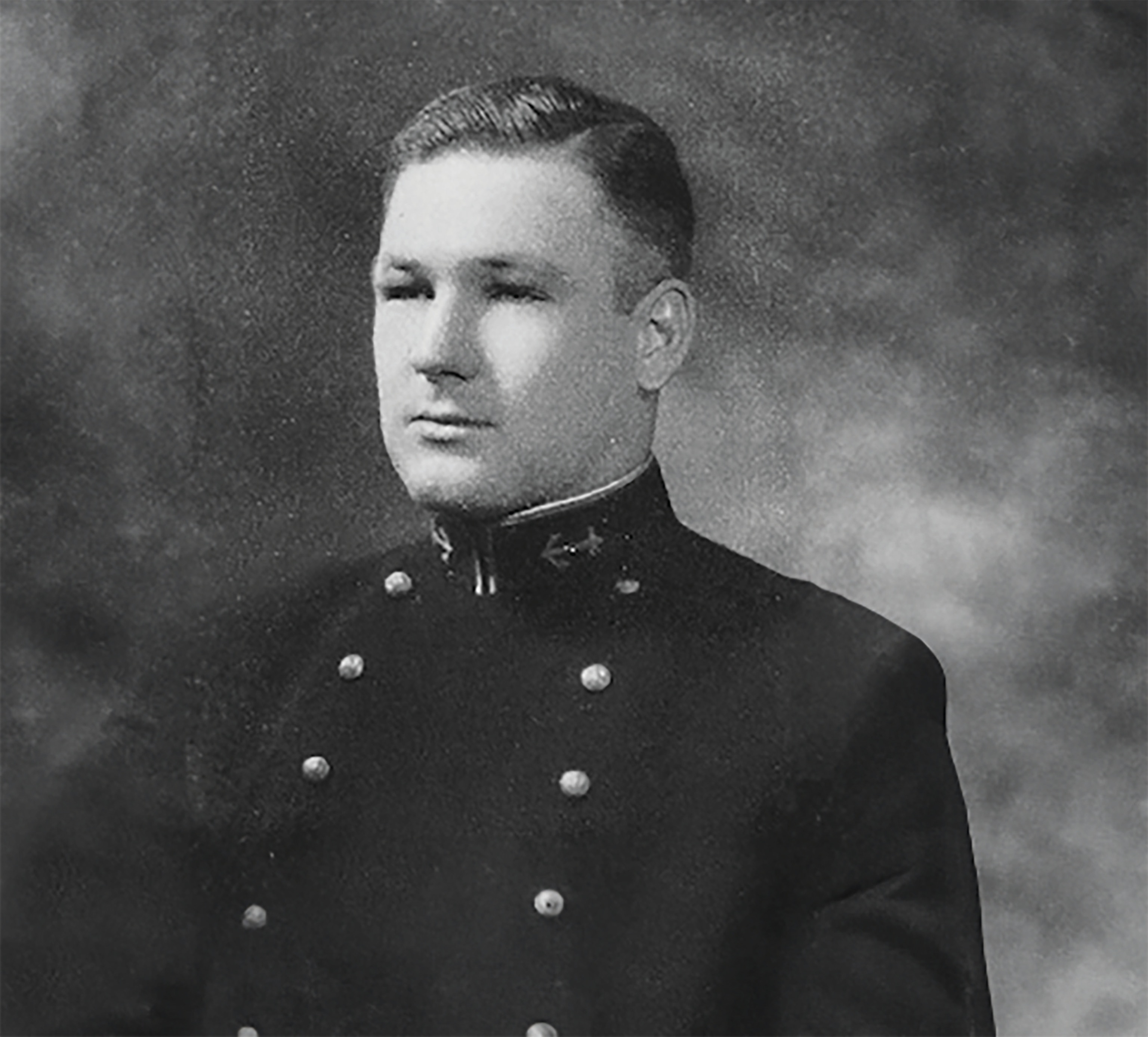
The start of the Second World War marked the intensive, final phase of Edsall’s service. “The Asiatic Fleet was not really intended to be a frontline warfighting force, but when war came, it was there to ... disrupt Japanese activities,” Ryan Wadle, associate professor at the U.S. Naval War College, told History.
On the eve of war with Japan in 1941, the Edsall was assigned to the fleet along with other destroyers, and soon became the first U.S. destroyer to sink an enemy submarine in the new war.
“The dancing mouse”
The last week of February 1942 marked the collapse of the Allied defense of the Dutch East Indies, following a devastating defeat by the Japanese in the Battle of the Java Sea. During the battle, Edsall had escorted convoys and mounted attacks on Japanese submarines. In the chaotic aftermath, a mercy mission drew Edsall into its heroic last stand on March 1.
Already damaged by shellfire, it was carrying 185 U.S. Navy personnel and 31 U.S. Army Air Force pilots. The crew was likely responding to a U.S. Navy oiler’s distress signals when a Japanese plane spotted it, mistaking it for a light cruiser chasing Japanese carriers. Vice Admiral Nagumo Chuichi, who had led the raid on Pearl Harbor in 1941, was furious that an enemy “cruiser” had managed to get so close to his force without being intercepted. Ordering his speedy battleships and heavy cruisers to deal with it, the Edsall had no hope of escape. The antiaircraft armament was antiquated and it was carrying less than a full load of torpedoes.
For more than an hour, however, Lieutenant Joshua Nix set up a smoke screen, and undertook maneuvers to dodge the storm of enemy shells. A Japanese officer who had helped gather the Edsall survivors later recalled how the ship resembled a “dancing mouse.” The officer wrote the phrase in a 2007 document for historian Don M. Kehn Jr., whose book A Blue Sea of Blood examined the mysterious facts behind the Edsall’s fate.
Nagumo ordered his carrier planes to attack. At least one hit the Edsall. It came to a standstill, engulfed by flames, and began to sink. After ordering his crew to abandon ship, Nix pointed the Edsall’s bow toward the enemy in an act of defiance. Although most on board drowned, some survivors were rescued by the Japanese, only to be executed later.
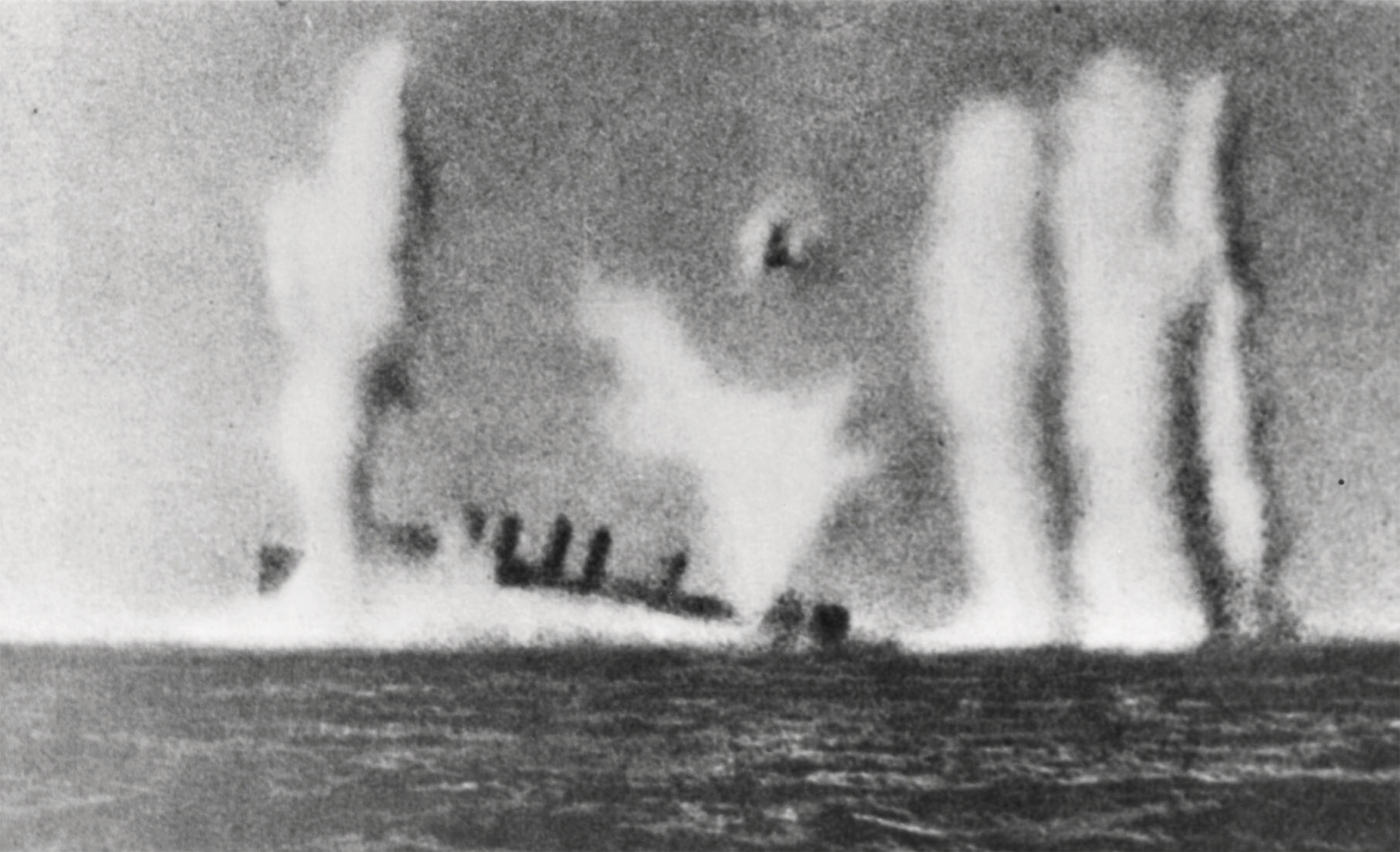
Memorial for heroes
The Edsall’s resting place remained a mystery until a chance sighting in 2023. It was sitting upright, and nearly intact. The disturbed seabed around the wreck indicated that the Edsall had plunged down with great force.
A team of U.S. Navy experts had to first establish it was not the U.S.S. Pillsbury, which was sunk a day later. They concluded the wreck was the Edsall. Caroline Kennedy, former U.S. ambassador to Australia, spoke of the wreck as “an important memorial” to honor those who made the ultimate sacrifice. Wadle, who called the final hours of the Edsall “an outstanding display of seamanship,” hopes the discovery will throw a spotlight on the Asiatic Fleet’s early Pacific campaigns, a relatively uncharted period of World War II history.
The life and death of a heroic crew
